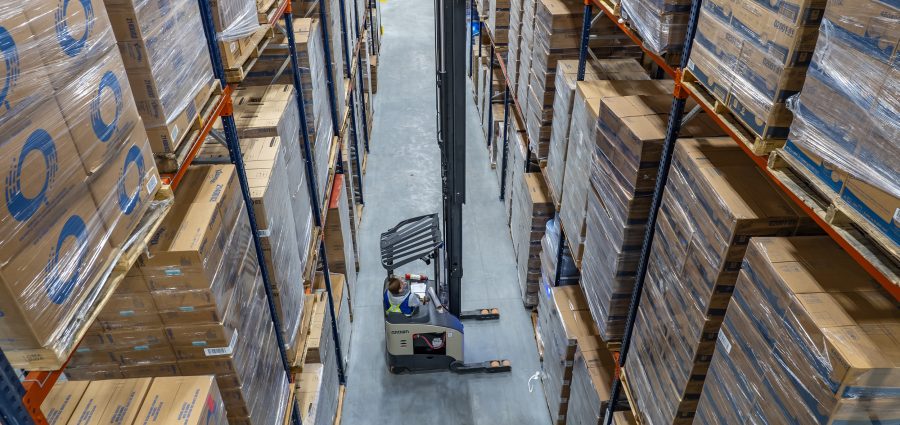Distributors have multiple sales channels and thousands or even millions of SKUs — each of which fluctuates with demand and follows its own complex supply chain.
It’s no surprise that accurate forecasting is a persistent challenge.
But a lot stands in the way of improving visibility.
Legacy technology platforms may not have the juice to stay on top of it all anywhere close to real-time, especially if data is stuck in silos or inconsistently tracked. Returns throw another wrench into the works, as does human error.
When Sikich and Modern Distribution Management surveyed distributors in 2023, one-third said their inventory data was less than 95% accurate, while more than three-quarters said their fill rates came in below 95%.
Without full visibility, distributors can quickly find themselves spiraling. When demand forecasting is less accurate, it is harder to hit the right inventory levels and more difficult to meet customer needs.
As we’ve seen in recent years, economic shifts, domestic political changes, international conflicts and natural disasters can all have a severe impact on the supply chain. Even in more stable times, there can be a high degree of variability when it comes to the reliability and lead times of your suppliers. Seasonal trends, product lifecycles, and promotional activities can also affect supply and demand in ways that are difficult to predict.
This situation requires a change.
The good news?
Distributors we speak to and in our survey say they’ve been homing in on better visibility as a priority in 2024 and beyond with the goal of greater efficiency, lower costs and customer satisfaction.
There is a growing interest in integrated cloud solutions and emerging technologies to manage inventory more efficiently – including real-time tracking and analytics. The right technology, when implemented correctly, can:
- Capture, clean, and standardize data from various disparate sources to become a single source of truth
- Analyze internal data, such as historical sales figures and current inventory levels, as well as external data, including market trends and weather patterns, to provide real-time demand forecasts
- Calculate reorder points to help weigh the costs of holding inventory against the need to meet customer demand
- Use data analysis to detect potential shipment delays, assess supplier performance, and make recommendations on things like buffer stock levels and alternative suppliers
- Run simulations to predict the impact of promotions and marketing campaigns on inventory
- Automate routine tasks like order generation, replenishment, and stock transfers, reducing errors while freeing up your team to focus on higher-value work
- Identify emerging issues and anomalies in inventory levels or demand patterns and automatically trigger alerts and workflows to address them
Adopting new technology can feel daunting, but the biggest mistake you can make is to do nothing. The risks include:
- Overstocking or understocking, either of which can lead to higher costs and dissatisfied customers.
- Overbuying declining products or underbuying of new, high-demand items.
- Inconsistent supplier deliveries, which lead to surplus inventory or shortages.
All of these can have a direct negative impact on the bottom line.
Regardless of which technology a distributor chooses, it will only be as effective as its implementation allows. Without proper integration with your existing systems, even the best new forecasting software won’t operate to its full potential, putting you back at square one with shaky visibility.
It’s crucial to have a thorough plan for implementation and adoption to ensure that the time and resources you dedicate to your chosen solution don’t go to waste.
Related Posts
-
Oxford, AL-based Alabama Industrial Distributors is a distributor of safety, MRO and power transmission solutions.
-
If you're a member of a family-owned distributor, consider taking a brief survey that examines…
-
The last-mile delivery solutions provider's route planning software is tailored to help distributors plug into…






